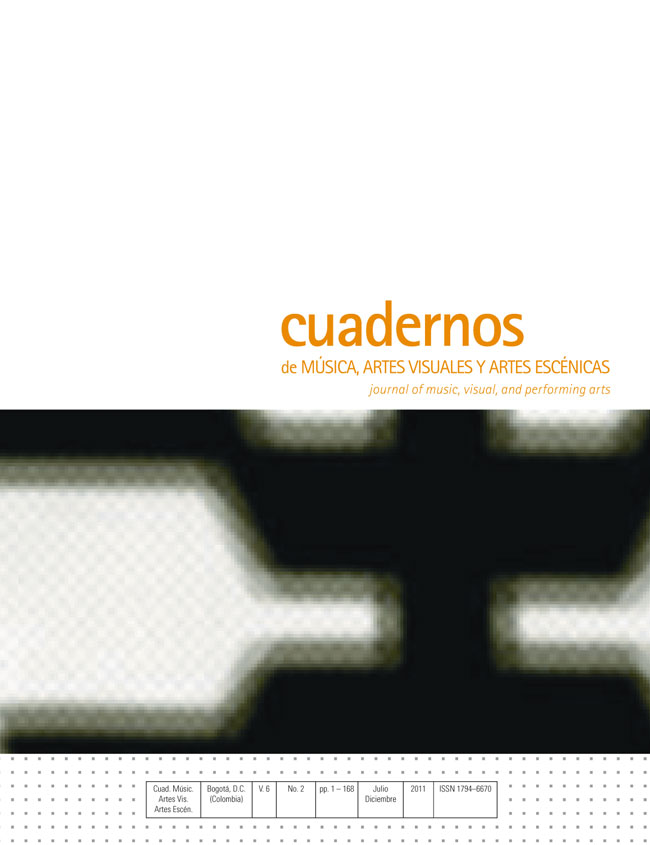Abstract
El presente artículo ofrece un primer acercamiento a un género musical cuyo valor histórico lodestaca como patrimonio nacional de Túnez: el Ma’luf. Partiendo de un pasado protagonizadopor figuras que han enlazado las tradiciones de España, Norte de África y Oriente Próximo,surge un fenómeno de transculturación que daría origen a esta tradición desde la emblemáticanación árabe de al-Ándalus (España) hasta pueblos magrebíes y sus principales escuelas demúsica arábigo-andaluza: andalo-magrebí (Marruecos), Garnati (Argelia) y Ma’luf (Túnez y Libia).A continuación, se presenta un material introductorio sobre el caso tunecino, donde el Ma’lufse ha venido transformando desde el legado andalusí hasta la inclusión de elementos musicales de procedencia otomana y oriental. Más allá de su importancia histórica, se pretende subrayar el significado teórico y simbólico que representa, además de los mecanismos de conservación que, desde el siglo XX, han permitido la reconstrucción y difusión de su repertorio.This journal is registered under a Creative Commons Attribution 4.0 International Public License. Thus, this work may be reproduced, distributed, and publicly shared in digital format, as long as the names of the authors and Pontificia Universidad Javeriana are acknowledged. Others are allowed to quote, adapt, transform, auto-archive, republish, and create based on this material, for any purpose, provided the authorship is duly acknowledged, a link to the original work is provided, and it is specified if changes have been made. Pontificia Universidad Javeriana does not hold the rights of published works and the authors are solely responsible for the contents of their works; they keep the moral, intellectual, privacy, and publicity rights.
Approving the intervention of the work (review, copy-editing, translation, layout) and the following outreach, are granted through an use license and not through an assignment of rights. This means the journal and Pontificia Universidad Javeriana cannot be held responsible for any ethical malpractice by the authors. As a consequence of the protection granted by the use license, the journal is able to publish retractions or to correct information already published. Publishing contents in this journal does not generate royalties for contributors.


